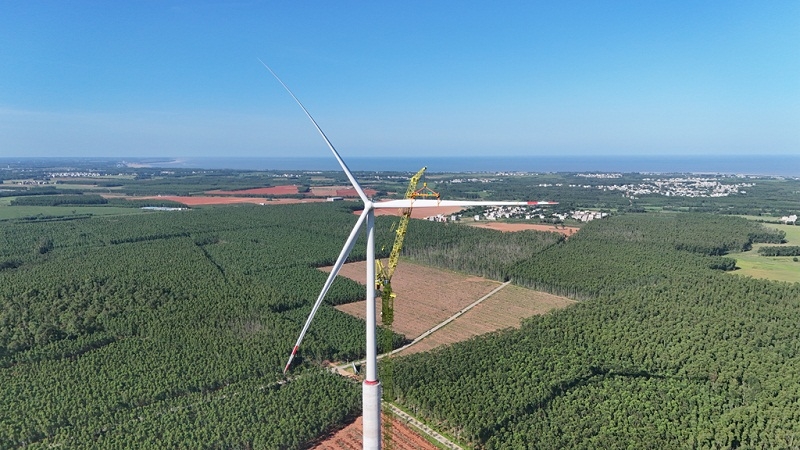- Home
- OFweek News
- China's Energy Storage Market Enters New Era as Price Floor Breaks and Reforms Take Hold
China's Energy Storage Market Enters New Era as Price Floor Breaks and Reforms Take Hold
Published: February 13, 2025 15:02
On February 9, the National Development and Reform Commission (NDRC) and National Energy Administration (NEA) in China jointly released a groundbreaking notice on deepening market-oriented reforms for renewable energy grid pricing, sending shockwaves through China's energy storage sector. This development coincides with a recent procurement bid that signals the dawn of market-driven transformation in energy storage systems.
Record-Breaking Procurement
On February 8, China Energy Investment Corporation's Guohua Investment announced shortlisted candidates for its fourth batch of centralized procurement of energy storage systems in 2024. CRRC Zhuzhou Institute(中车株洲所)secured the position as the primary candidate with a bid of 161.88 million yuan (approximately $22.5 million), equivalent to 0.426 yuan per Wh. The runner-up, Tiancheng Tongchuang, bid 166.44 million yuan, or 0.438 yuan per Wh.
The procurement scope encompasses a 95MW/380MWh electrochemical energy storage system, including battery systems, power conversion systems, energy management systems (EMS), UPS screens (utilizing LFP batteries), and supporting facilities such as prefabricated containers, cooling systems, and fire safety equipment.
Notably, CRRC Zhuzhou Institute's bid of 0.426 yuan/Wh sets a new price floor for 4-hour energy storage systems, surpassing their previous record of 0.435 yuan/Wh set in July 2024 for a 54MW/216MWh project in Baotou's renewable energy demonstration zone.

source: CRRC
Market Reform Catalyst
The marginal price difference between 0.435 and 0.426 yuan/Wh suggests that energy storage system prices have largely bottomed out, with only minimal fluctuations attributable to economies of scale. This price stabilization, combined with the new reform notice, could trigger significant market dynamics.
The reform's most impactful provision eliminates mandatory energy storage requirements for new renewable energy projects. While this may cause short-term installation slowdowns, industry experts anticipate that market-driven electricity pricing will lead to more volatile price spreads, potentially increasing voluntary adoption of energy storage solutions by renewable energy project owners seeking to optimize returns.
Strategic Implications
The reform represents a paradigm shift toward market-determined electricity pricing mechanisms, potentially enabling:
1. More flexible revenue models for energy storage projects through peak-valley price arbitrage and ancillary services
2. Increased demand for energy storage solutions to manage renewable energy integration
3. Diversified applications across generation, grid, and consumer sectors
4. Higher entry barriers favoring technologically advanced, scale-efficient enterprises
Market Outlook
While the immediate removal of mandatory storage requirements may temporarily impact the power generation-side storage market, this reform marks China's entry into deeper waters of renewable energy market liberalization. The industry now watches closely to see how storage deployment patterns will evolve under purely market-driven conditions.
